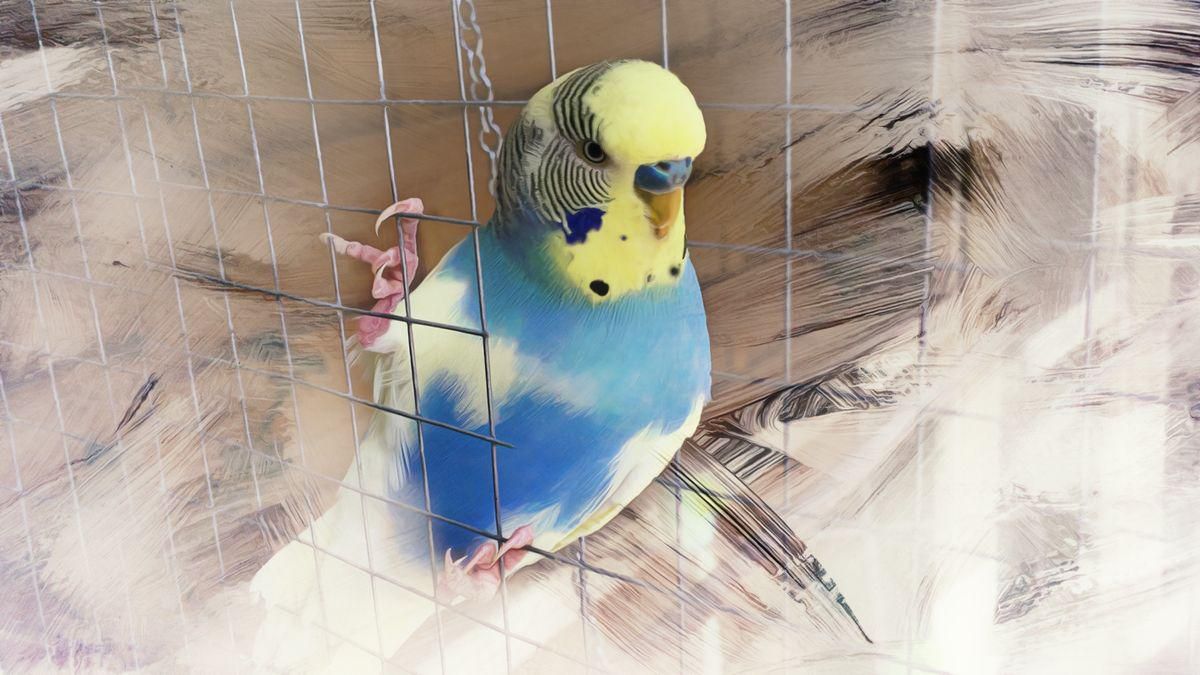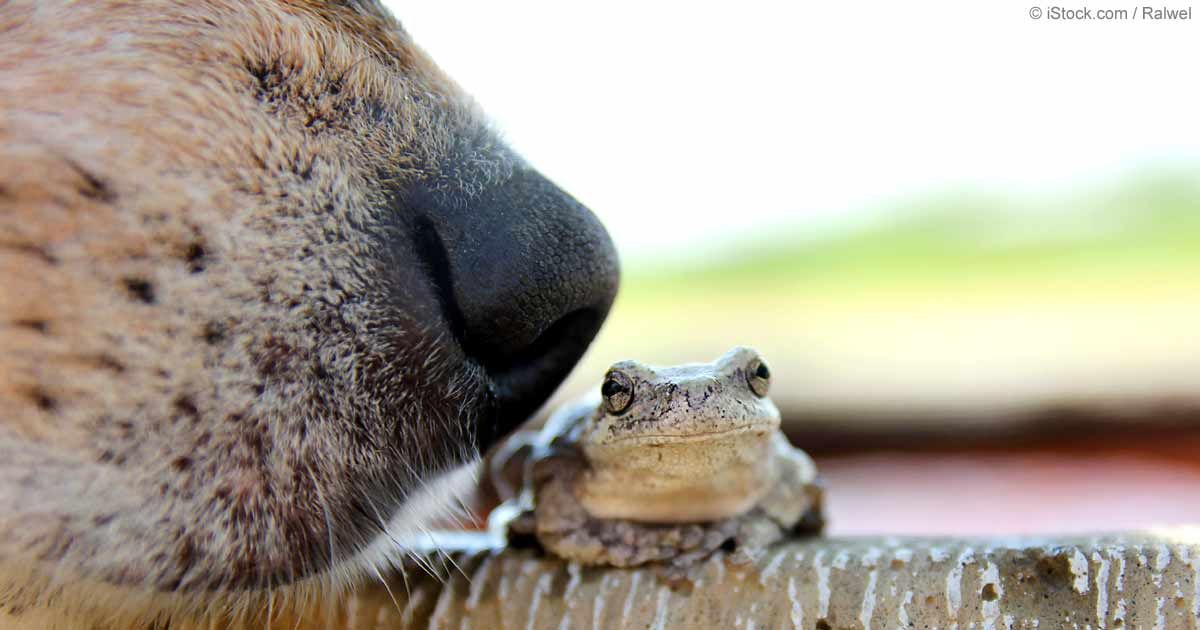Popular budgie colors and mutations

Budgie comes in a rainbow of hues and mutations that make me think of jellybeans! This flock of birds belongs to our family. Green budgerigar parakeet of the original Australian wild kind. Budgie parakeets in the wild have dark blue-green-black wing and tail feathers, as well as black stripes and markings. Budgies have been produced in practically every rainbow hue, save red and pink, thanks to captive breeding techniques. They reminded me of gummy bears since they are so vibrant! You can learn more at https://www.petiska.com/budgie-mutations-colors-varieties/.
Categories of budgies
All captive budgerigars are categorized into two fundamental color groups: white-based (which includes sky blue, cobalt, mauve, grey, violet, or white) and rainbow budgie (which includes sky blue, cobalt, mauve, grey, violet, and white) (includes, dark-green, gray-green, light-green olive, and yellow). The dominant color is green (yellow base), while the recessive color is blue (white base). There are more than 32 different types of primary mutations.
For further than a century, scientists have investigated the colors of budgies. They knew parrots create psittacofulvine, a sort of red to yellow color found nowhere else in the animal kingdom. They also recognized that some parakeets' inability to synthesize yellow pigments causes the birds to change color from yellow to green to blue. However, the exact genes and metabolic pathways implicated were unknown.
The team led by Stanford's Luis Bustamante employed genome-wide linkage mapping to discover an area bearing the blue color mutation in the new study. Because that region contained numerous genes, it was unclear which one was to blame.
Recessive Mutations
These are those that occur when a gene is passed down from one generation to
Blue comes in three varieties:
Sky-blue, cobalt, and mauve. Your bird's color will be determined according to how many dark elements it has.
Greywing:
Grey wings come in two varieties. Grey wing with complete body color and grey wing with full-body color. Instead of the usual black markings on their forehead and wings, regular grey wing parakeets have grey markings. Their bodly color is likewise 50 percent diluted. Grey wings with full-body color and grey patterns on its head and wings. Their body color is vibrant, and unlike typical grey wings, it does not fade.
Clearwing:
Budgies with clear wings have either no markings or extremely mild grey patterns on their wings.
Brown patterns on the head, wings, and tail of fallow budgies. They have pink eyes as well. Some have pink irises, whereas others do not. At first, their body color is muted, but it gradually darkens. Near the bird's vent, their body color is more brilliant. Male fallow budgies do not change color as they grow older, remaining light purple or pinkish throughout their adult lives. Females, on the other hand, develop a typical tan as they become older.
Sex-related mutations are mutations that are passed down from one generation to the next.
Opaline:
On the feathers of the neck, a bird with an ivory-colored mutation has a greater white proportion than a black ratio. Instead of being black, the bars appear to be grey. Their wings are usually the same color as their body. In addition, the shaft of their tail feathers is normally black, while the feather itself is light.
Cinnamon:
Cinnamon birds have brown markings instead of the usual black patterns on their head and wings. Lutino budgies are entirely yellow, except for white and yellow face patches. Their pupils are diluted. Male lutinos ceres do not turn blue as they grow older. As female lutinos ceres mature, they develop a regular tan.
Cinnamon birds have brown markings.
On the feathers of the neck




















 sunrise
StableDiffusion
sunrise
StableDiffusion
 bonfire friends
StableDiffusion
bonfire friends
StableDiffusion
 sadness
StableDiffusion
sadness
StableDiffusion

 purple skies
StableDiffusion
purple skies
StableDiffusion

 true love
StableDiffusion
true love
StableDiffusion
 My Cheerleader
StableDiffusion
My Cheerleader
StableDiffusion
 womans transformation to happiness and love
StableDiffusion
womans transformation to happiness and love
StableDiffusion
 future life together of adventures
StableDiffusion
future life together of adventures
StableDiffusion





















